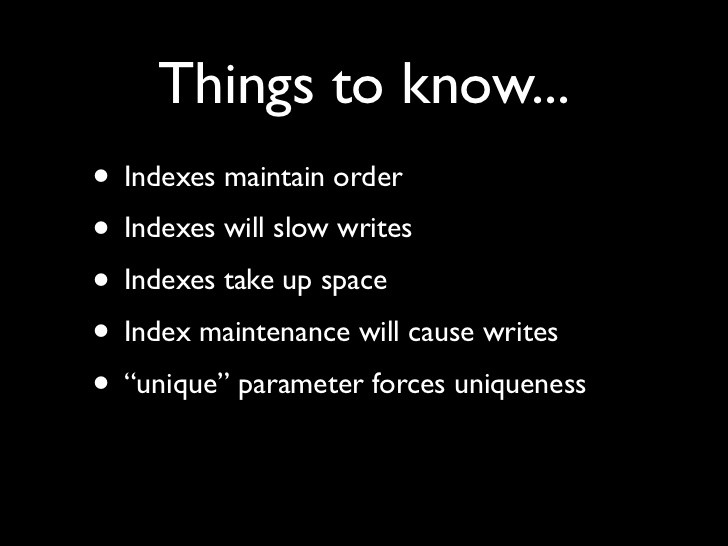Indexing 6 things to know
Post on: 1 Апрель, 2015 No Comment

Indexing is often pitched as a way of simplifying investment decisions, which can be especially inviting to 401(k) investors who feel overwhelmed by these choices. Is indexing really that simple though?
Here are six issues to consider when taking an indexed portfolio approach.
1. Asset allocation
Indexing may take individual security decisions out of the investment process, but it still leaves you with the most important investment decision of all: how to divide your portfolio among stocks, bonds, cash and other asset classes. This decision is likely to have more impact on your eventual return than all other investment decisions put together, so you will still have to get up to speed on considerations that should influence asset allocation. These include your investment goals, risk tolerance, market valuations and income yields.
2. Choosing the right market
Once you have broadly decided how much of your investment mix should be in stocks, you can pick an index fund to get the desired level of exposure. The trouble is, there are many different choices for each asset class. There are some 60 different index funds available — and that’s just from Vanguard, which is considered a leader in the field of indexing. So, even with indexing, you will have to make some pretty detailed choices about what type of stock exposure you want.
3. Tracking error
The deviation between an index fund’s performance and that of the market it is trying to mimic is called tracking error. You will want to compare the past returns of any index fund with the index you are trying to replicate to make sure that it has shown nearly identical performance characteristics. You should also find out whether the fund’s holdings precisely replicate all the securities in an index, or whether it uses strategies to represent that index without recreating all the holdings. The more the underlying securities in a fund differ from the securities it is trying to mimic, the greater the risk of it performing differently.
4. Fees
As a passive strategy, indexing is supposed to carry very low fees. Assuming two choices both precisely replicate a given index, fees could well be the major determinant of which gives you a better return.
5. Indexes with a twist
Indexing is sometimes incorporated into a hybrid strategy, which gives you some portion of the index’s return combined with either income characteristics or elements of active management. Be wary of these hybrids. If the goal of indexing is to simplify your investment decisions, why confuse the picture by choosing an indexed approach that does not really give you a fully representative portfolio?
6. The tax advantage of low turnover
Index funds are often touted for the tax advantages of low turnover, which reduces realized gains. But keep in mind that this would-be advantage is irrelevant in a tax-deferred vehicle such as a 401(k). If you have a combination of taxable and tax-deferred assets to invest, you may want to favor indexing on the taxable side, where low turnover will offer more benefits.
Again, indexing has its uses, but you should go into it without having any delusions about it. When you choose to let the stock market decide what your investment results will be, just remember how unkind that market can sometimes be.














